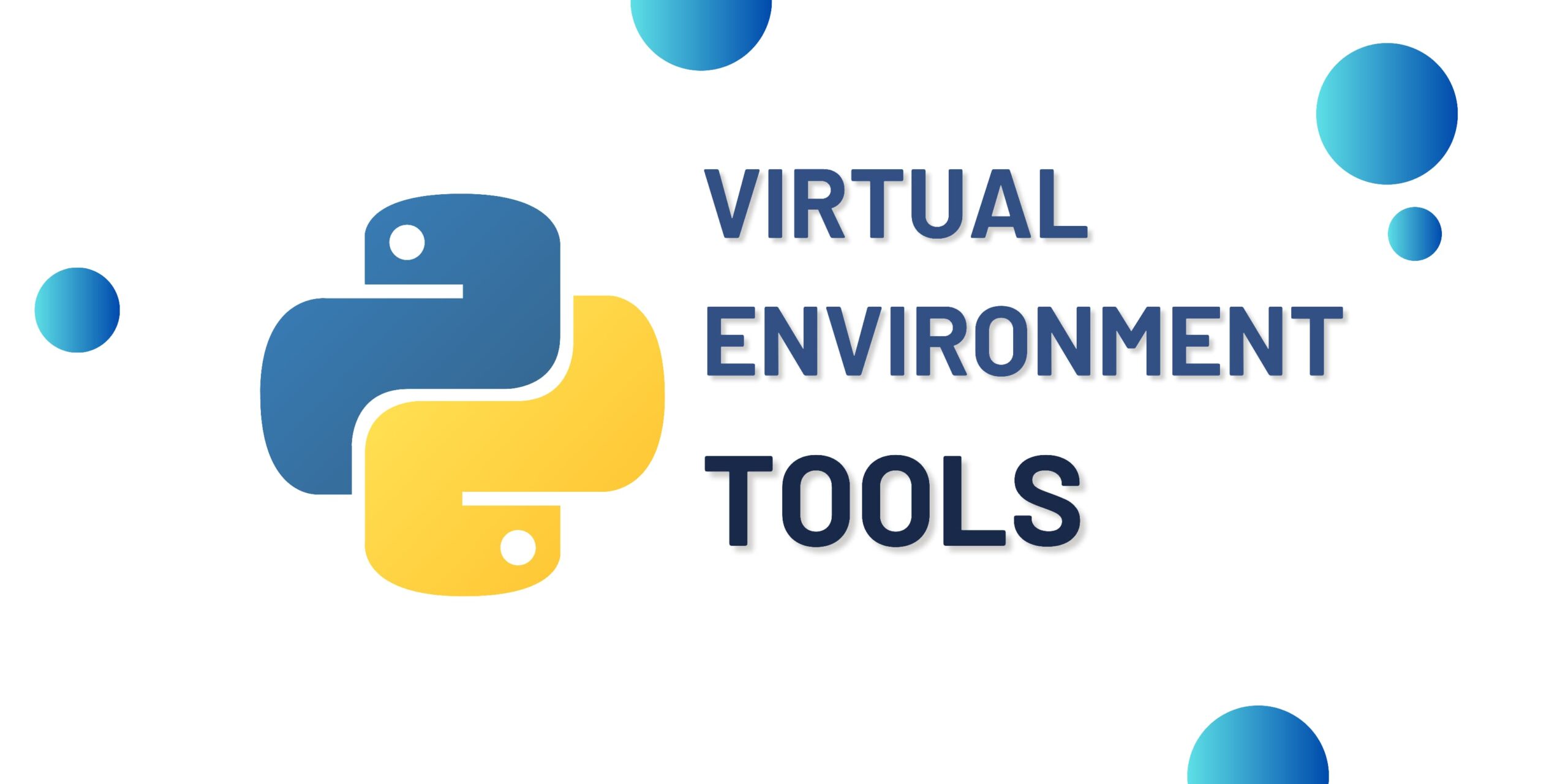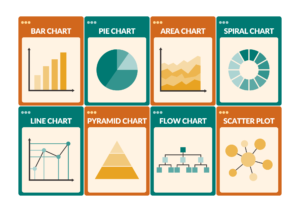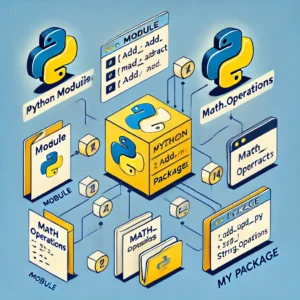Create a Virtual Environment When Using Python
Python virtual environments are a vital tool for managing dependencies and isolating projects. They allow you to maintain different versions of packages for different projects, which can help avoid conflicts and ensure that your projects run smoothly. In this blog post, we will cover everything you need to know to create and manage virtual environments in Python.
What is a Virtual Environment?
A virtual environment is an isolated Python environment that allows you to install packages and dependencies for a project without affecting other projects or the system-wide Python installation. This isolation helps you manage dependencies for different projects independently.
Why Use Virtual Environments?
- Dependency Management: Different projects may require different versions of packages. Virtual environments allow you to manage these dependencies separately.
- Avoiding Conflicts: By isolating project environments, you can prevent conflicts between package versions used in different projects.
- Reproducibility: Virtual environments make it easier to reproduce the development environment on different machines, ensuring consistency across development, testing, and production.
Prerequisites
Before creating a virtual environment, ensure that you have Python installed on your system. You can check this by running python --version or python3 --version in your command prompt or terminal.
Step-by-Step Guide to Creating a Virtual Environment
Step 1: Install virtualenv (Optional)
Python 3.3 and above come with the venv module, which you can use to create virtual environments. However, you can also use the virtualenv package, which provides additional features and supports older versions of Python.
To install virtualenv, use pip:

Step 2: Create a Virtual Environment Using venv
- Open Command Prompt or Terminal: Navigate to the directory where you want to create your project.
- Create the Virtual Environment: Run the following command to create a virtual environment. Replace
myenvwith your preferred environment name.

This command will create a directory named myenv containing a copy of the Python interpreter and the standard library, along with a bin (or Scripts on Windows) directory for executables and a lib directory for site-packages.
Step 3: Activate the Virtual Environment
To start using the virtual environment, you need to activate it. The activation command depends on your operating system.
Windows:

macOS and Linux:

After activation, your command prompt or terminal will indicate that you are working within the virtual environment. You should see the environment name in parentheses, e.g., (myenv).
Step 4: Install Packages
With the virtual environment activated, you can use pip to install packages. These packages will be installed only in the virtual environment and will not affect the global Python installation.
For example, to install requests:

Step 5: Deactivate the Virtual Environment
When you are done working in the virtual environment, you can deactivate it by running:

This will return you to the global Python environment.
Managing Virtual Environments with virtualenv
If you installed virtualenv, the steps to create and manage virtual environments are similar.
- Create the Virtual Environment:

2. Activate the Virtual Environment:
Windows:

macOS and Linux:

3. Deactivate the Virtual Environment:

Using requirements.txt for Dependency Management
To ensure reproducibility and to share your environment setup, you can create a requirements.txt file that lists all the packages and their versions used in your project.
Step 1: Generate requirements.txt
With the virtual environment activated, run:

This command creates a requirements.txt file with a list of installed packages and their versions.
Step 2: Install Packages from requirements.txt
To recreate the environment on another machine or after resetting your environment, run:

This command installs all the packages listed in the requirements.txt file.
Using pyenv for Python Version Management
If you need to manage multiple Python versions on your system, you can use pyenv. This tool allows you to easily switch between different Python versions and can be used in conjunction with virtualenv.
Step 1: Install pyenv
Follow the installation instructions on the pyenv GitHub page.
Step 2: Install a Python Version

Replace 3.x.x with the desired Python version.
Step 3: Create a Virtual Environment
Once the desired Python version is installed, you can create a virtual environment with that version:

Step 4: Activate the Virtual Environment

Step 5 : Deactivate the virtual environment

Conclusion
Creating and managing virtual environments is a crucial skill for any Python developer. It ensures that your projects are isolated, dependencies are managed efficiently, and potential conflicts are minimized. By following this guide, you can set up virtual environments on your Windows machine and manage them effectively. Happy coding!




